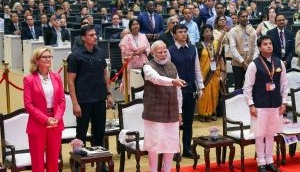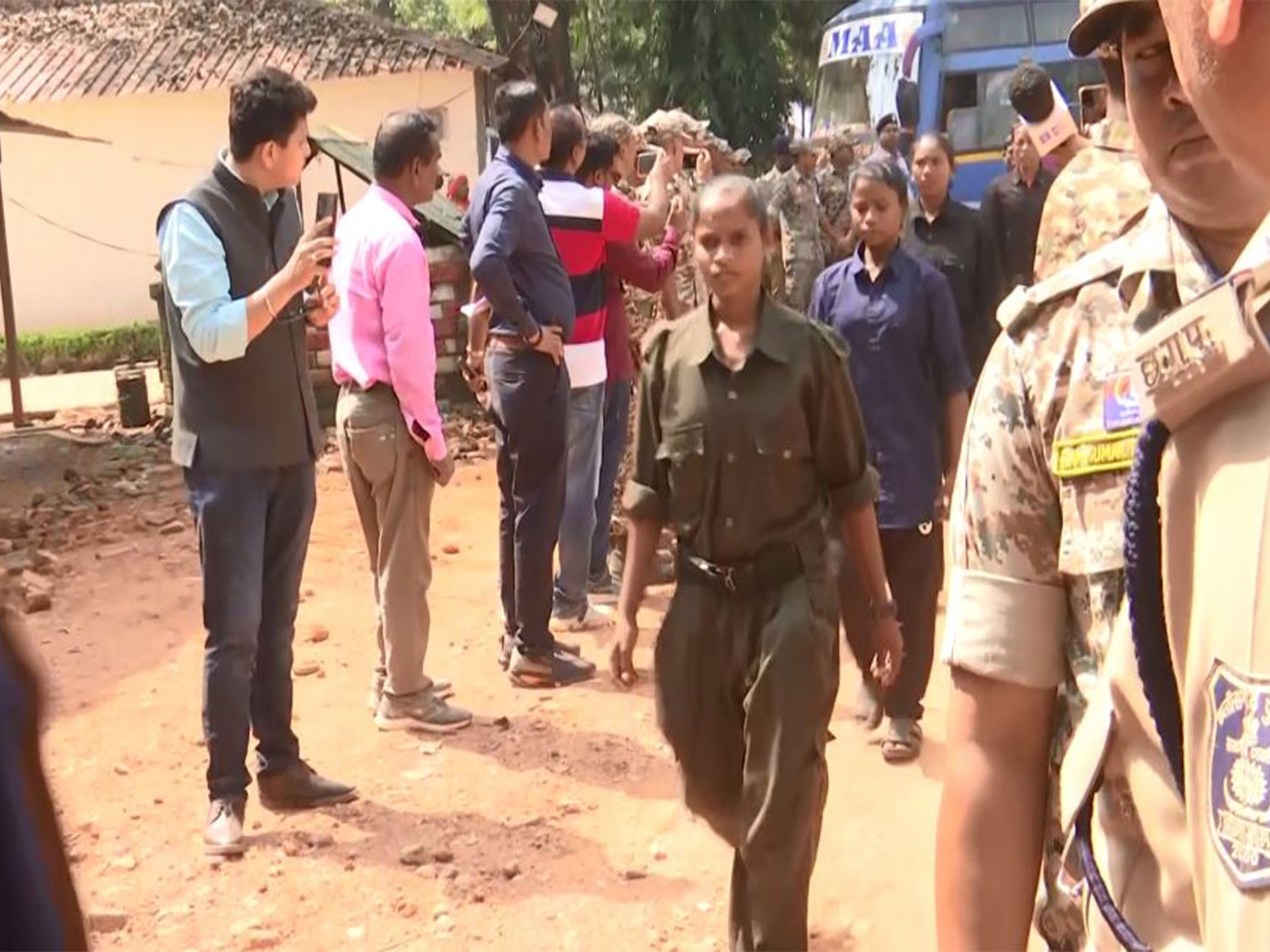97% of Indian children go to school. Less than 50% learn anything: ASER survey

If there is one thing that should worry education policy makers today, it is that India has schooling for all, but learning only for a few. To be precise, less than half of all students.
Only 47.8% of students in Class V can read a Class II textbook. And only 43.2% students in Class VIII can do simple division.
If you are scratching your head wondering how an India that boasts of near-universal schooling falls so far behind in learning benchmarks, that is precisely what the Annual Status of Education Report (ASER) addresses.
Facilitated for the 11th year by the education NGO Pratham, ASER is a household survey that provides estimates of children's schooling status and their ability to read simple text and do basic arithmetic. The survey reaches almost all rural districts of India, and covers children in the age group 3-16.
ASER is a household-based rather than a school-based survey. This enables all children to be included - those who have never been to school or have dropped out, as well as those who are in government schools, private schools, religious schools or any other type of school. It thus generates estimates of basic learning for all children in rural India.
ASER is the only annual source of information on children's learning outcomes available in India today. It is carried out by about 500 partner organisations, and over 25,000 volunteers across the country. The 2016 ASER report surveyed 589 districts, 17,473 villages and 5,62,305 children.
Worrying statistics
The report points to an important problem. While school enrollment has reached 97%, the quality of learning remains abysmally low, more or less unchanged since 2009 when ASER released its first report. How?
Here are some statistics:
1. The proportion of all children in Class V who can read a Class II level text (book) declined to 47.8% in 2016 from 48.1% in 2014.
2. The proportion of all Class VIII students in rural India who can divide a three-digit number by a single-digit one has dipped to 43.2% in 2016 from 44.2% in 2014.
3. While 32% of children in Class III could read simple English words, in Class V, only one out of every four students could read an English sentence.
4. One out of every four children in Class VIII in Maharashtra cannot even read text meant for a Class II student.
5. In 2016, more than half of Class III students in government schools (58.8%) and private schools (61.2%) couldn't read Class II text. The corresponding figures for 2014 were 66.9% and 63%, respectively.
6. The proportion of children in Class III who are able to read at least Call I level text has gone up slightly, from 40.2% in 2014 to 42.5% in 2016. This proportion shows substantial increases among children in government schools in many states: Punjab, Uttarakhand, Haryana, Chhattisgarh, Gujarat, Maharashtra and Telangana. The report argues that this improvement is driven by gains in learning levels in government schools in these states.
7. In arithmetic, in 2014, 25.4% of Class III children could do a two-digit subtraction. This number has risen slightly to 27.7% in 2016. This improvement has come primarily from government schools, where the percentage of Class III children who could do two-digit subtraction increased from 17.2% in 2014 to 20.2% in 2016. The report states that government school children have shown larger gains in learning percentage points than private school goers.
8. Trends over time show that children's attendance in both primary and upper primary schools was higher in 2009 as compared to 2016. In 2009, attendance was at 74.3% in primary schools. The figure for 2016 is 71.4%. Similar data for upper primary schools shows a decline from 77% in 2009 to 73.2% in 2016.
9. Uttar Pradesh has the highest number of girls out of schools - 9.9%. Rajasthan stands just behind UP with 9.7% of girls not going to school.
The first ASER of 2005 was quite shocking. It was the first time that the poor quality of learning in Indian schools was quantified. It was the first time that it was reported that only about 51% children in government schools in Class V could read a Class II text book.
But 11 years since ASER began, and eight years since the Right to Education (RTE) became a fundamental right, the progress India has made in learning seems worryingly insignificant.
What is going wrong?
Enrollment doesn't necessarily mean learning. Attendance is a better indicator, feels Rukmini Banerjee of Pratham. And students are lagging behind, with an average student missing over a fourth of all classes.
Wilima Wadhwa, director of ASER Centre, puts a more nuanced finger on the learning problem. In one of the introductory chapters of the report, titled 'School Matters', she writes that we must see learning as a process that is supported by a host of development factors, and not just access to a school.
"First, let's give her a pukka home to live in - immediately, the probability that she can read increases from 34.8% to 41.7%. Now, let's give her a TV to watch so that she can see what's going on in the outside world - the likelihood of her being a reader increases to 49.9%. If she has a mother who has been to school, the probability that she can read increases even further to 57.4%. Just with these very basic advantages, she is almost at the average private school level. If, in addition, her mother maybe reads to her from print material available in her home, she outperforms the average private school child with a 62.2% chance of being a reader."
Many parents and policy makers still believe that schooling leads to learning. But more than 10 years of ASER data shows that the issue of learning needs urgent and direct attention.
It's time we shift our energies from building schools to nurturing a learning environment.
First published: 21 January 2017, 4:57 IST





![BJP's Kapil Mishra recreates Shankar Mahadevan’s ‘Breathless’ song to highlight Delhi pollution [WATCH] BJP's Kapil Mishra recreates Shankar Mahadevan’s ‘Breathless’ song to highlight Delhi pollution [WATCH]](https://images.catchnews.com/upload/2022/11/03/kapil-mishra_240884_300x172.png)

![Anupam Kher shares pictures of his toned body on 67th birthday [MUST SEE] Anupam Kher shares pictures of his toned body on 67th birthday [MUST SEE]](https://images.catchnews.com/upload/2022/03/07/Anupam_kher_231145_300x172.jpg)






